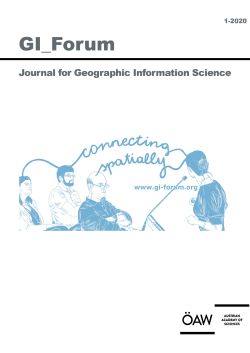
GI_Forum 2020, Volume 8, Issue 1, pp. 137-152, 2020/06/25
Journal for Geographic Information Science

Refugee movements in recent years have caused enormous challenges for relief organizations and public authorities, but especially for refugees themselves. Organizations which have to allocate their resources to regions where large groups of arrivals are expected struggle to prepare the refugees’ admission, transfer, care and accommodation in time. Events like the refugee movement of 2015/16 in Austria and Germany in the wake of the Syrian civil war have shown that many of these issues are caused by a lack of up-to-date information about logistical requirements. We evaluate various methods to acquire this information that utilize semantic, spatial and temporal features to analyse geo-social network data. A multimodal analysis of these features leads to information about refugee movements across borders and regions. Approaches based on user trajectories and attempts to identify refugees by the language they used showed little promise, whereas using spatiotemporal aggregation and hotspot analysis of keyword-based filtered data allowed us to retrace refugees’ collective movement patterns. Using temporal bins, we were able to detect changes in these patterns caused by external factors such as border closures.
Keywords: language, refugees, social media, GSND, ESDA